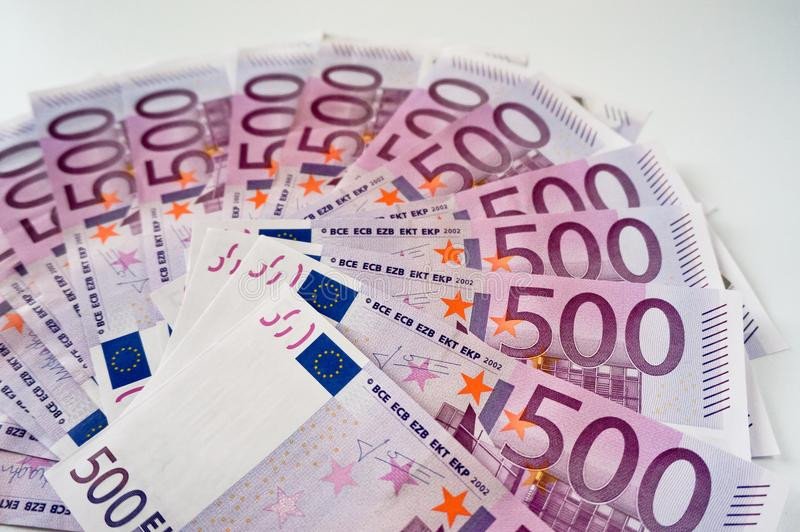The European currency has spread its wings and temporarily seized the leading position against the US dollar. However, experts doubt that the euro's triumph will last long. Nonetheless, the euro is currently reaping the benefits of its efforts, pushing the dollar into the background.
On Tuesday, April 25th, the US currency retreated against the euro, rolling back from its previous highs. As a result, the euro advanced against its rival supported by the ECB's hawkish stance and the prospect of a rate hike. As for the Federal Reserve, market participants expect it to cut the key rate. Meanwhile, the European regulator is likely to introduce a 50-basis-point rate increase.
Against this backdrop, the greenback was trading mixed with a downward vector. At the beginning of the week, the EUR/USD pair maintained its bullish bias and rose to new highs, breaking through the psychologically important level of 1.1000. It is worth noting that the euro benefited from a sell-off in the US dollar. However, the euro's triumph proved to be shaky. On Tuesday morning, EUR/USD was trading at 1.1027 after a surprising jump to 1.1060.


According to analysts, EUR/USD has been on the rise for three consecutive days amid the dollar's decline and optimistic sentiment in global markets. The uptrend that the pair has been developing since mid-March 2023 is supported by expectations of further monetary policy tightening by the ECB. Market participants are counting on a May rate hike of 25 basis points. Alongside this, ECB officials are discussing additional rate hikes at June and July policy meetings.
The euro's price movements are correlated with the dynamics of the US dollar and the difference in monetary policies of the Federal Reserve and the ECB. Hawkish statements from the European regulator support expectations of further key rate hikes. Monetary tightening could be potentially paused if the economic situation in the eurozone deteriorates.
According to macroeconomic data, Germany's IFO business climate index for April came in below the forecast at 93.6. So, the actual situation turned out to be worse than expected, while preliminary forecasts indicated improvement. As for the United States, the disappointing factor was the Chicago Fed National Activity Index for March which declined to -0.19. Analysts had expected the indicator to rise to -0.20.
The current week is also eventful as investors will be waiting for the US GDP data. Notably, the US Federal Reserve will rely on this indicator when planning its future monetary policy. In addition, more important macroeconomic reports from the US are expected. Presumably, in the first quarter of this year, the US economy will expand by 2% on an annual basis.
Against this backdrop, the majority of analysts (85.6%) expect another rate hike of 25 basis points in May from the current level of 4.75%-5%. Economists expect the rate to remain close to 5%-5.25% in June after the May increase.
The upcoming week will be decisive for the markets as the Federal Reserve will make a monetary policy decision. According to Wells Fargo analysts, the regulator will increase the target range for the federal funds rate by 25 basis points, bringing it to 5.00%-5.25%. This will be the last rate hike in the current monetary policy tightening cycle. Meanwhile, according to current economic data, inflationary pressure will remain strong.
Wells Fargo believes that such a decision is unlikely to completely close the door for further rate hikes, given that inflation remains above the 2% target. The Fed's current actions indicate the possibility of further interest rate adjustments.
The key fundamental factors affecting the EUR/USD dynamics are economic growth and the inflation rate. These are the main reasons for the dollar's prolonged weakness, experts believe. Measures taken by the Fed to curb rapidly rising inflation have slowed economic progress, and statements about a possible recession have undermined the American currency. If the growth of the US economy exceeds market expectations and inflationary pressure significantly weakens, the dollar may reverse its decline.





















